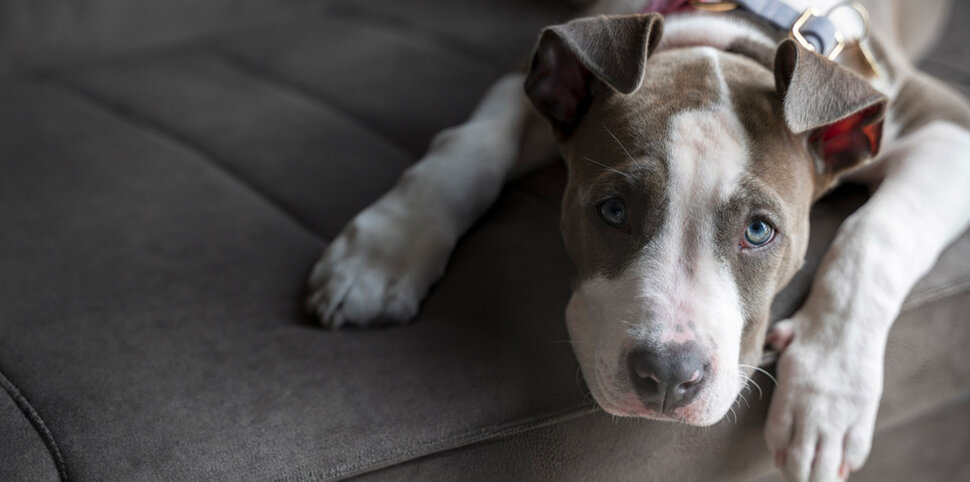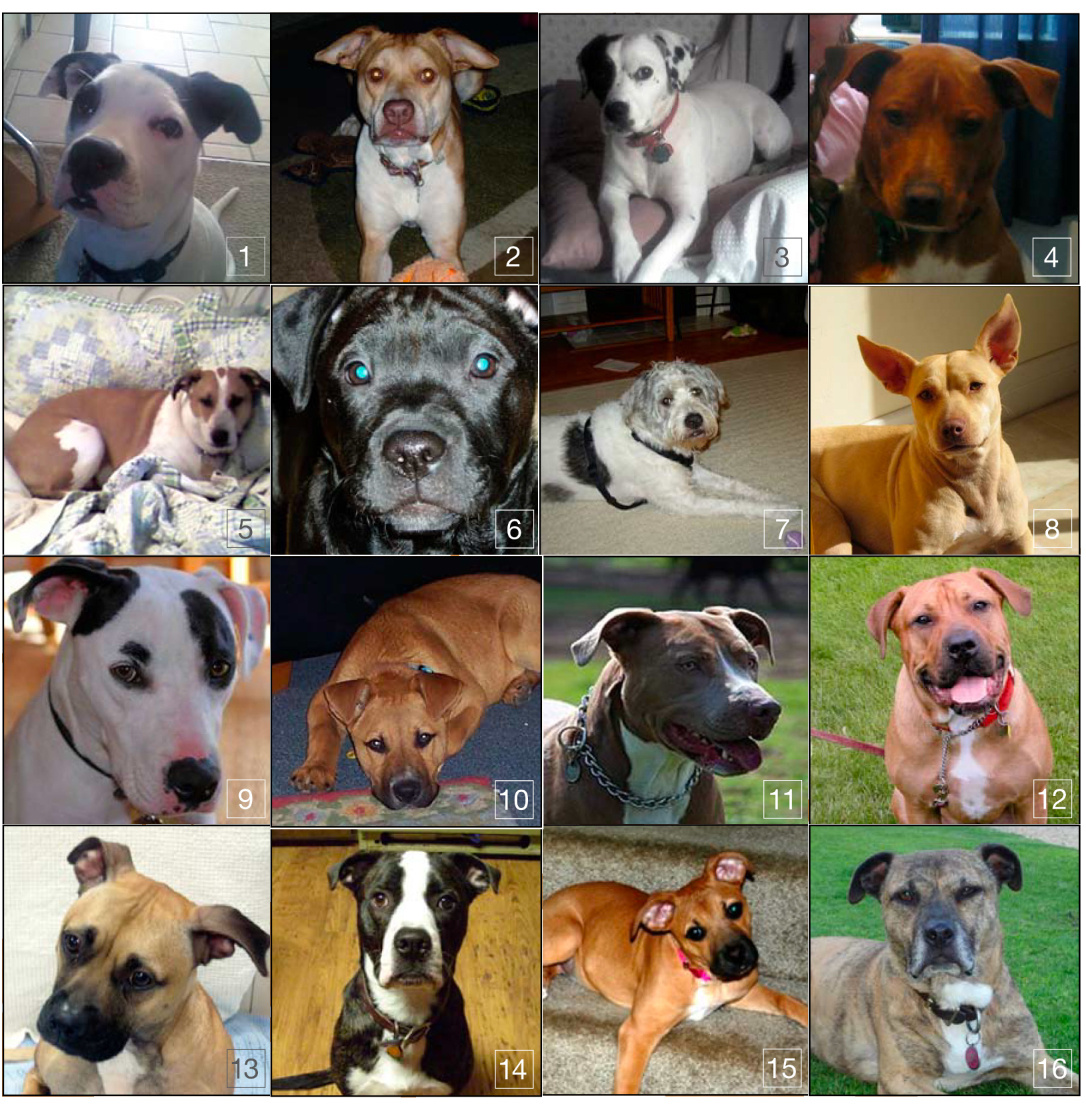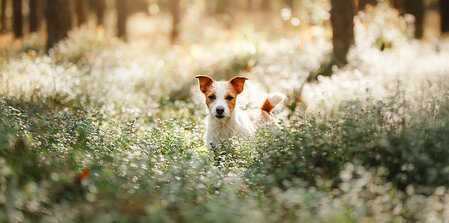No Bullies – Just Lovable Pups

To this day, pit bulls are viewed as violent uncontrollable dogs that should be banned. Yet, to others, they are victims of prejudice and mistreatment. It's time to dispel the unfair stereotype and shed light on the fascinating history surrounding one of our most misunderstood pets. Follow along as we delve into their unique characteristics, explore breeds that share similarities, and reveal how their history is impacting their future.
An Unfortunate History
Tragically, the breeding of dogs for fighting can be traced back to ancient times, as far as 50 AD during the Roman Empire. This brutal practice gained popularity throughout Europe, captivating spectators from all walks of life for centuries. The term "Pit Bull" itself originated in 19th century England, where Bulldogs and Terriers were crossbred for baiting large animals such as bears and bulls in pits. Thus, the name "Pit Bull" emerged from these cruel pit fights. However, it's important to understand that "pit bull" isn't a specific breed, but rather a term used for dogs trained for entertainment purposes.
The early 20th century admired this breed as "America's Dog." They were cherished as family pets, were symbols of strength and loyalty, and were regarded as heroes, friends, and loyal companions. Recently, they have worked as service dogs, therapy dogs, K9 police dogs, and consistently achieve excellent temperament scores. Despite this, the illegal act of dogfighting continues, and pitbull-type breeds, with their physical characteristics, are often exploited and used as a symbol of status.
Unraveling Pitbull-Type Breeds

Today, the term "pit bull" commonly refers to four specific breeds: American Pit Bull Terrier, American Staffordshire Terrier, Staffordshire Bull Terrier, and American Bully. These breeds share similar physical characteristics, but each has its unique traits and history. Well over 20 other unique breeds and their mixes share similar physical characteristics with pitbull-types like Boxers, Boston Terriers, or even Labrador Retrievers. However, breeds like the Bullmastiff, Dogo Argentino, Cane Corso, and American Bulldog are often wrongly identified as pit bulls due to their muscular build.
As you can see, correctly identifying a dog by their physical characteristics isn't as easy as it seems and is often incorrect. But if you're still not convinced, see for yourself! Below are images of adorable mixed-breed dogs. Can you guess which ones are 'pit bull' mixes, as confirmed by a blood-based DNA test? 
A Dire Situation for Our Furry Friends
Pitbull-type breeds often face undue bias because of misidentification and misinformation, but some of the fallout is being banned in many states and hundreds of cities across the U.S. This has led to an overflow in shelters, and many facing a grim future. Our hope during this National Pit Bull Awareness Month is that by sharing the truth about these breeds, we can also help to shift perceptions and save lives.
In our upcoming post, we'll tackle some of the most common fears head-on with facts, advocating for these noble breeds and educating pet owners about their true nature. To help ensure that all pups are judged not by their breed or appearance, but by their behavior and individual merits.
P.S. Are you curious about the pitbull mixes? Pup #9 is predominantly American Staffordshire Terrier with some distant traces of Boxer. Pup #7 is a mix of 25-49% American Staffordshire Terrier and Australian Cattle Dog. Lastly, pup #11 is a blend of Basset Hound, Dalmatian, Glen of Imaal Terrier, Staffordshire Bull Terrier, and Wire Fox Terrier.
Source: Image repurposed from the National Canine Research Council, Visual Breed Identification.



